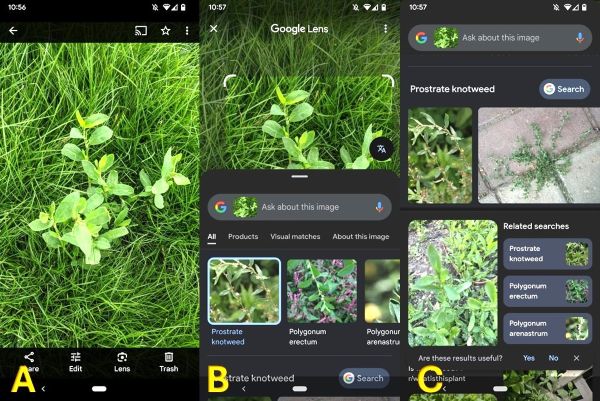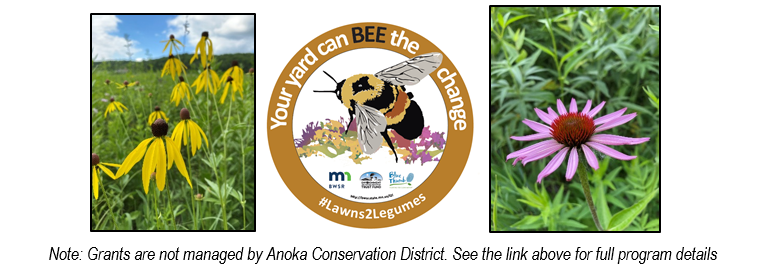A fundamental aspect of managing any pest is correctly identifying it. Historically, identifying weeds has involved using some form of a taxonomic tool. Fortunately, technology has advanced significantly in assisting with plant identification; several free and paid mobile applications are now available to the public. PictureThis and iNaturalist apps both have free versions that rely on some form of community-supported identification. Major phone manufacturers are also increasing photo recognition abilities in their camera apps. Android uses Google Lens to search the internet for similar-appearing photos to help identify a plant or other object. Apple's IOS uses Visual Look Up to perform a function similar to Google's.
Each of these platforms has its advantages and disadvantages, and each should be used with a healthy dose of skepticism. Unfortunately, these apps are not very reliable at correctly identifying grasses, so they are somewhat limited to broadleaf plants. Remember that these apps are simply a tool to help you correctly identify a plant. They will likely improve in accuracy as cameras and computer processing improve over time.
Read the full article in the latest edition of the "Home Lawn Care Newsletter" from the University of Minnesota Turgrass Science. Other topics include encouraging better rooting through improved watering practices, utilizing technology to identify weed species reliably, and learning how to manage your lawn for moles, as well as upcoming events. For more information, contact Becky Wozny, Wetland Specialist, at







